In addition to salary, teachers also receive seniority allowances and professional incentives for those who directly teach, ranging from 25% - 70%. Teachers working at specialized schools and in areas with particularly difficult socio -economic conditions are entitled to a number of corresponding allowances and subsidies.
In some job positions and with some types of work, teachers are also paid additional allowances, subsidies, and other remunerations. These allowances and subsidies contribute to improving income, creating motivation for teachers to feel secure in their work, and encouraging them to stick with the profession.
However, the salary, allowance and incentive policies for teachers still have many shortcomings. Most teachers (except college and university lecturers and vocational teachers) currently have lower salaries than civil servants in many other sectors. The policy of placing teachers' salaries at the highest level in the administrative career salary scale system, although proposed long ago, has not yet come true.
In addition, the income gap between new teachers and experienced teachers is still large. Teaching the same curriculum and facing the same professional pressure, but experienced teachers enjoy higher salary coefficients and allowances; although the preferential allowances are equal, they are calculated according to the salary coefficient, so the gap is even wider.
During the first 5 years of work, teachers only receive salary based on coefficient and preferential allowances, but do not receive seniority allowances. Many are forced to take on additional jobs to make ends meet, or even leave the teaching platform. It is not difficult to explain why the number of teachers quitting their jobs and changing careers tends to increase, especially among young teachers.
Currently, the education sector is shouldering many important responsibilities to create breakthroughs in education and training development. A series of new policies have been implemented, requiring both increasing the number of teachers in the classroom and improving the quality of the team. These include universalizing preschool education for children from 3 to 5 years old; implementing 2-session teaching/day; improving foreign language skills for students, gradually making English the second language in schools...
However, the shortage of teachers still occurs in many localities. As of April 2025, the whole country still lacks 102,097 teachers at all levels of preschool and general education compared to the quota prescribed by the Ministry of Education and Training . Not only is there a shortage of people, but it is also difficult to attract good people to the teaching profession.
In that context, the draft Decree on salary and allowance policy for teachers announced by the Ministry of Education and Training has received special attention. The most important new point is the proposal of a special salary coefficient of 1.25 for preschool teachers and 1.15 for other teachers, aiming to gradually realize the policy of "teachers' salaries being ranked highest" in the administrative sector.
In addition, the draft also adds subjects receiving job responsibility allowances; adds subjects receiving mobility allowances... This is a positive signal, demonstrating greater respect and appreciation for the value of teachers' work in the context of fundamental and comprehensive educational innovation.
Once the salary is enough to live on, truly worthy of the mission of the profession, teachers will devote themselves wholeheartedly. And when the policy is fair and honorable enough, the teaching profession will again become the choice of talented and dedicated people. Salary reform is not just a story of numbers or ranks; it is a commitment of society to those who are sowing the seeds of knowledge for the future.
Source: https://giaoducthoidai.vn/loi-cam-ket-voi-nguoi-thay-post755374.html





![[Photo] Closing of the 14th Conference of the 13th Party Central Committee](https://vphoto.vietnam.vn/thumb/1200x675/vietnam/resource/IMAGE/2025/11/06/1762404919012_a1-bnd-5975-5183-jpg.webp)








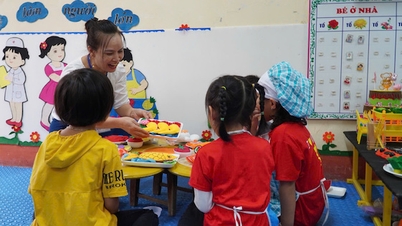











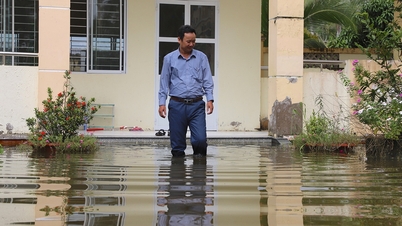





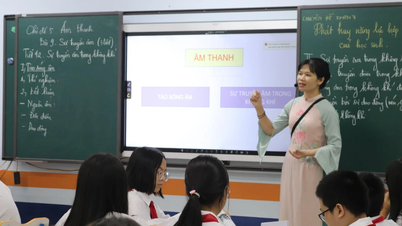


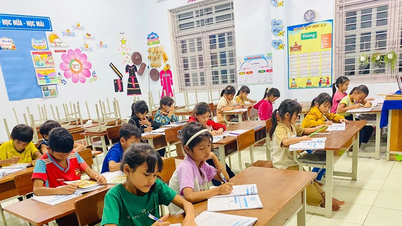
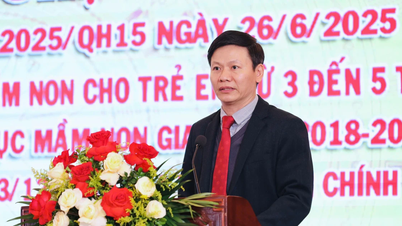
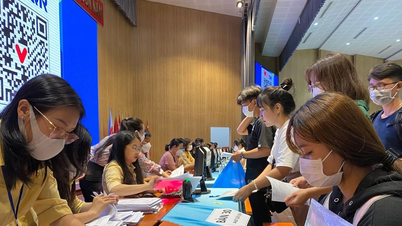





















































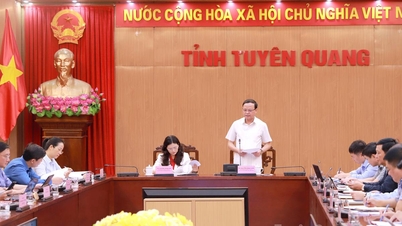





















Comment (0)